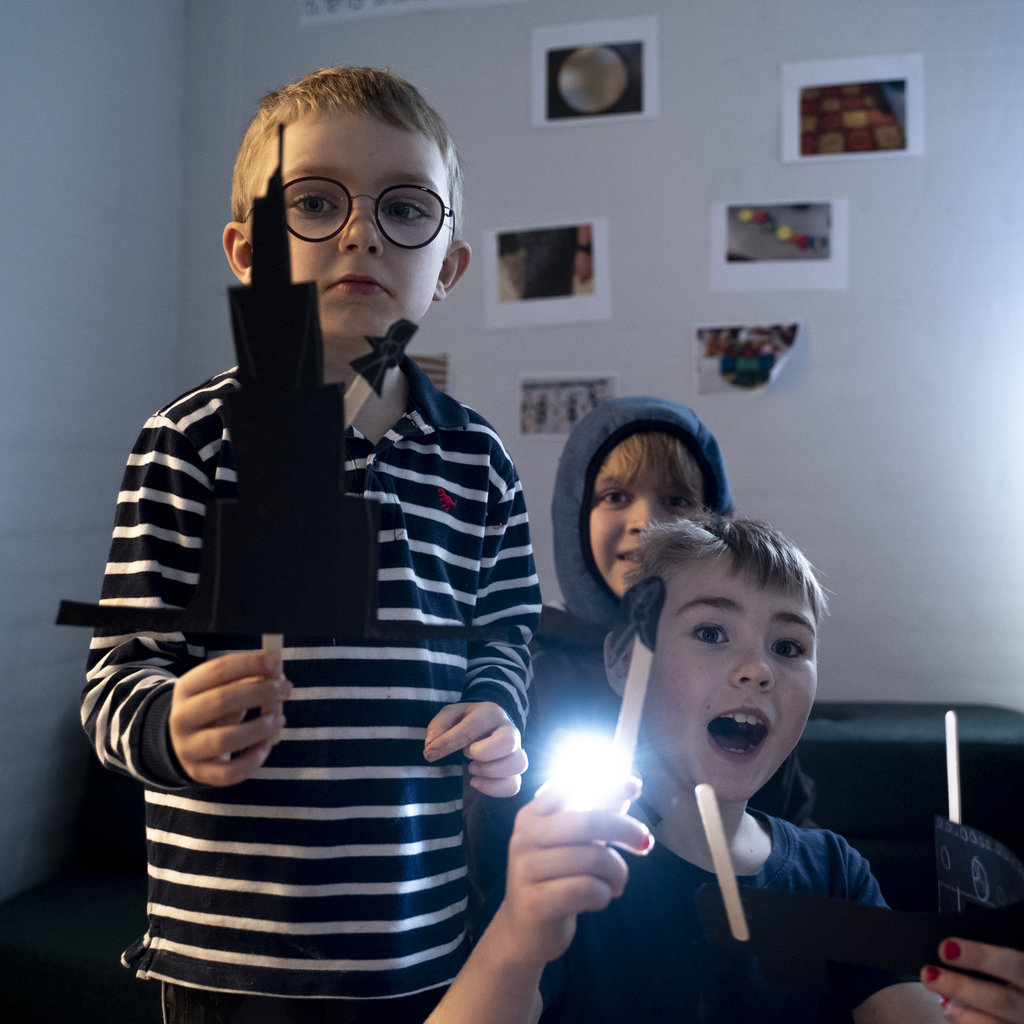What is a Pedagogy of Play?
What is a Pedagogy of Play? To find out more about what a Pedagogy of Play is, let's start with the PARADOXES, PRINCIPLES, and INDICATORS of playful learning.
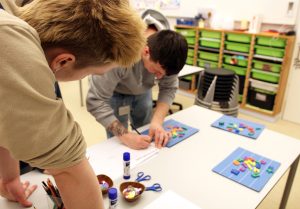
The PARADOXES of playful learning

The PRINCIPLES of playful learning
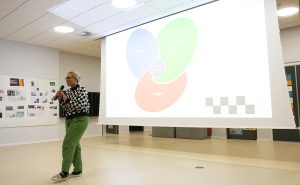
The INDICATORS of playful learning
What is a Pedagogy of Play?
THE PARADOXES
OF LEARNING THROUGH PLAY
One of the first things you run in to when you talk about learning through play in a school setting, is the paradoxes of learning through play.
ISB is a school and we must be a safe place
In play, children take charge – but in a school there are learning goals to meet.
Play involves risks – but at a school children should be safe.
To put more PLAY in SCHOOL and make the paradoxes meet – that is the driving question behind PoP.

What is a Pedagogy of Play?
THE PRINCIPLES
OF LEARNING THROUGH PLAY
Six core beliefs about playful learning in schools that form the foundation of our work:
Play is a core resource for learning.
Learning through play in schools involves play with a purpose.
The paradoxes between play and school complicate bringing playful learning and teaching together.
Learning through play is a mindset with playfulness as the active ingredient.
Play and playfulness thrive in supportive school cultures.
Learning through play is universal and shaped by culture.
Click on each principle below to read more!

When people play they are engaged, relaxed, and challenged—states of mind highly conducive to learning. Through play, children and adults try out ideas, test theories, experiment with symbol systems, explore social relations, take risks, and reimagine the world. They develop agency, empathy, and their imaginations. They learn to deal with uncertainty. While not all learning has to be playful, nor does every moment of playfulness involve significant learning, a close look at play and playfulness reveals numerous emotional, social, and cognitive features that can powerfully abet learning. Sometimes these features help to make learning feel fun and enjoyable; sometimes they help learning proceed in more engaging and exploratory ways.
Schools are places where young people come to learn the important skills, knowledge, and dispositions needed to be contributing members of their communities. While we are big supporters of unstructured, child-directed “free-play,” a pedagogy of play in schools involves play with a purpose, bringing together educators’ learning goals and students’ natural ways of learning through play. Playful learning situates curricular goals, content, and activities within a larger purpose of helping learners understand, explore, and shape their world.
Bringing play and school together is not easy or straightforward because of the paradoxical relationship between play and school. For example, play is timeless…players lose themselves in play. School, on the other hand, is timetabled. Play can be chaotic, messy, and loud; schools aspire to be places of order. In play children are in charge, while at school the agenda is generally set by adults. Play involves risks, whereas in school we aim to keep children safe. Why are these paradoxes? Because both sides of these statements are true: we want children to explore and experiment and we don’t want them to get hurt. Creating a culture of playful learning requires inquiry-oriented teaching, and ongoing conversations among a school faculty to navigate these paradoxes.
Learning through play involves students and teachers approaching learning with a playful mindset. Beyond integrating a game or activity into a lesson, embracing a pedagogy of play means activating mindsets where learners and teachers frame and reframe experiences as occasions to be curious, creative, and imaginative, and to find joy in exploring the “what if…” space of learning and play. While games and activities can help encourage these mindsets, learning through play requires more than isolated curricular moves. Playfulness and having a playful disposition (for learner and teacher) are active ingredients for learning through play.
Playful learning is rarely a solo endeavor. The ability to learn through play thrives in supportive school cultures for students and teachers. While small steps can be taken to bring more playful learning to a classroom, sustained change depends on developing a school culture of trust among children and adults. While there are various entry points to begin developing a culture where playful learning thrives, a pedagogy of play involves rethinking the relationships between teachers and students and a re-evaluation of what learning comprises. In addition, a culture of playful learning for children requires a culture of playful learning for adults. In such schools educators are supported in taking risks, trying out ideas, and tinkering with their practice. With a playful approach to their practice, educators engage in responsible experimentation.
People around the world play and have the ability to learn from that play. At the same time, play is a cultural construct. Whom children play with, how they play, where and when they play, and what age they should stop playing (if ever!) are determined by cultural contexts. The form and content of playful learning therefore varies depending on the context.
What is a Pedagogy of Play?
THE INDICATORS
OF LEARNING THROUGH PLAY
The relationships between play, playfulness, and learning are complex.
For instance, not all play is playful (e.g., a child re-enacting a traumatic event). Not all that might be considered playful resembles what would ordinarily be called play (e.g., a conversation). Although play often supports learning, some kinds of play can also undermine targeted learning.
Based on a review of the research literature, analysis of video from ISB classrooms, observations, interviews and many conversations, we have come to a common understanding of learning through play. Although it is difficult to pinpoint exactly when learning through play is happening, we have identified three core indicators—choice, wonder, and delight—and believe that when all three are “in play,” playful learning is most likely occurring.
You can also use the indicators as a tool for curriculum planning.
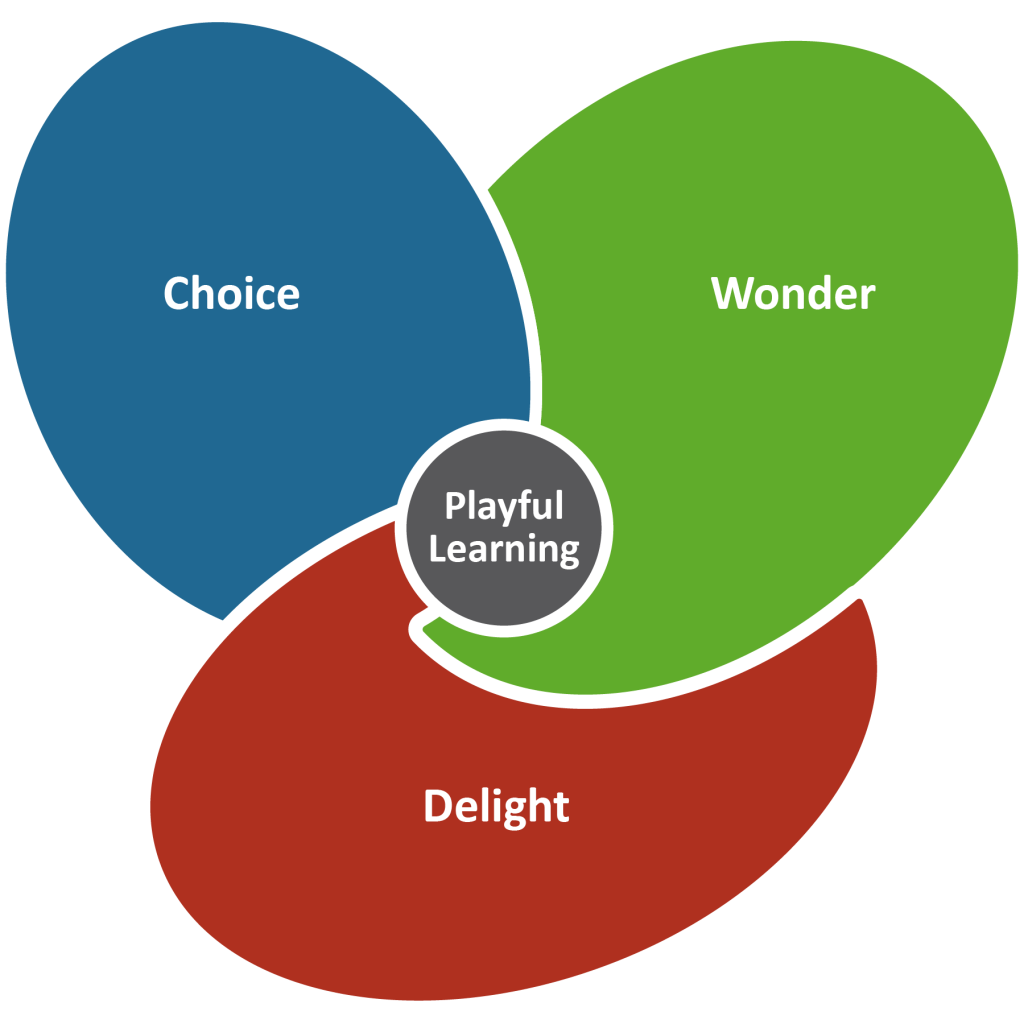
THE INDICATORS
OF LEARNING THROUGH PLAY
– Make them your own!
The model is by no means static. It has been through several iterations at ISB, and has been re-imagined to local settings all over the world. In recognition of the fact that learning through play is shaped by culture, we invite you to create a version that fits the needs (or language) of your school!
You can download the model below.
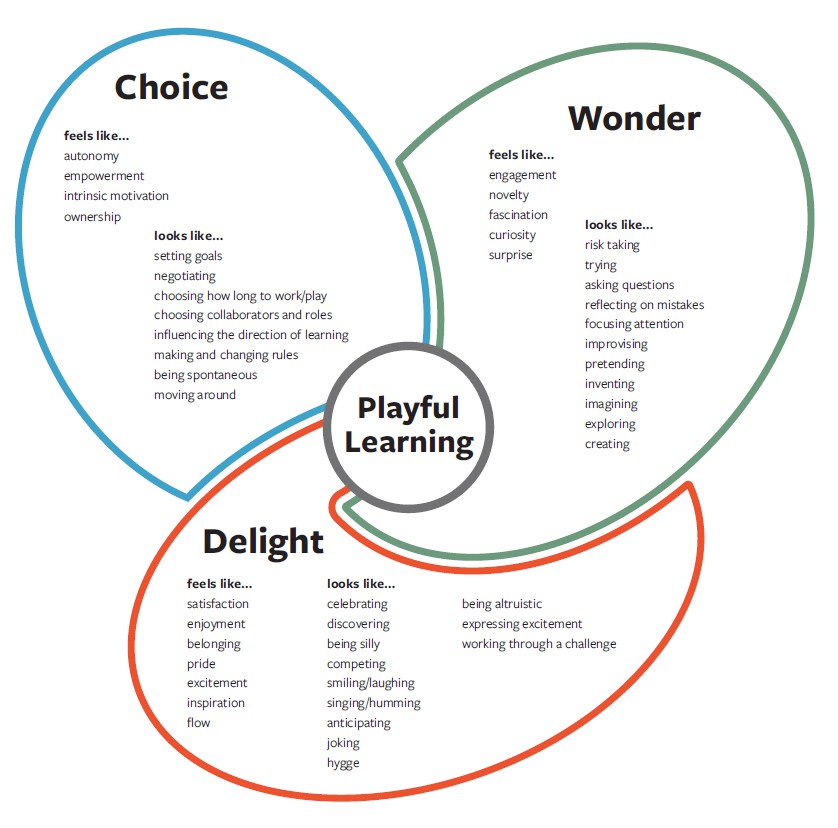
Research on the importance of PLAY
The positive effect of play on children’s intellectual, social, emotional, and physical development is well-documented, and we take it as given that bringing more play into the institutions tasked with nurturing these skills can only be a good thing!
Read more about the superpowers of PLAY and why play is so important.
